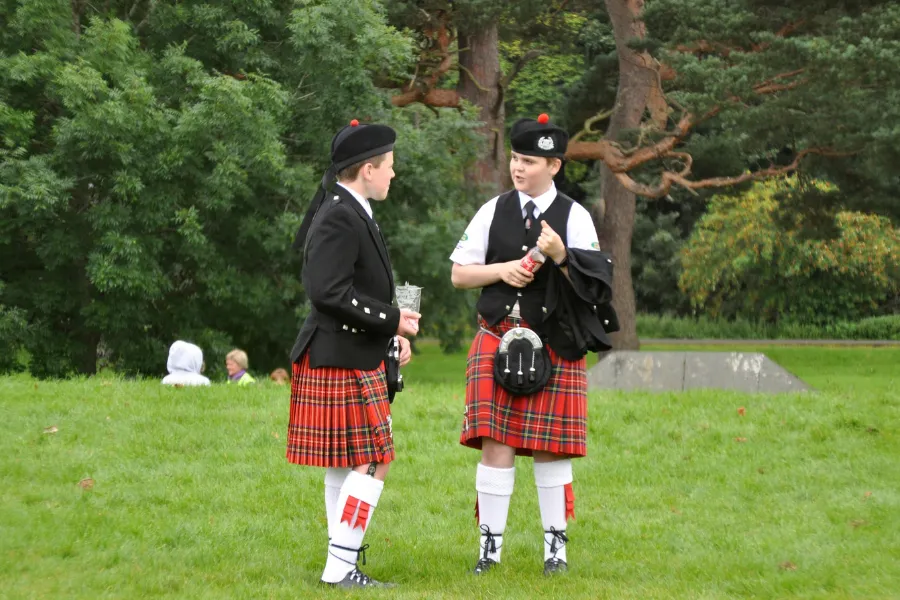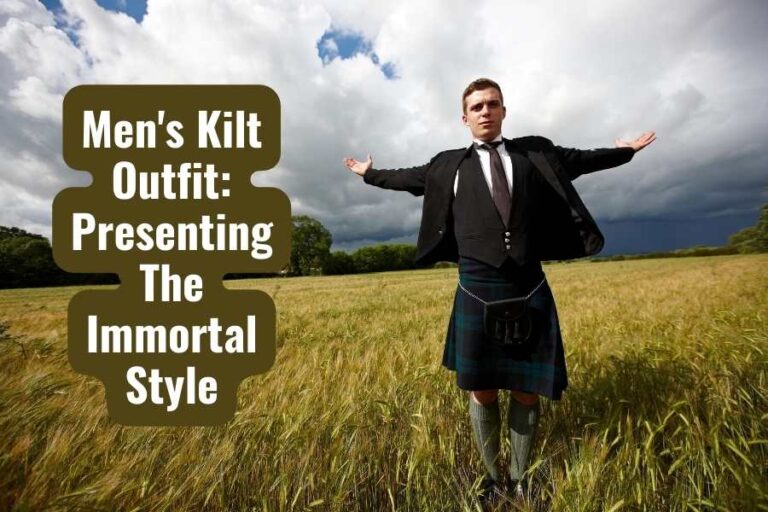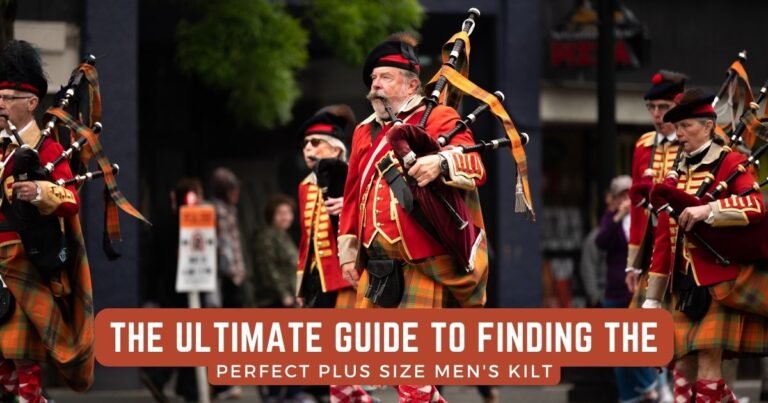Traditional Highland Clothing: A Closer Look at The Layers, Legacy, and Little Details
When someone says Highland dress, your mind might jump straight to kilts, bagpipes, and dramatic windswept glens. And fair enough—that image isn’t entirely wrong. But traditional Highland clothing is a bit more layered than just tartan and sporrans. It’s a tapestry (literally and figuratively) of practicality, symbolism, family pride, and sometimes, just… fashion.
Honestly, it’s one of those things where the more you dig into it, the more curious you get. At least, that’s what happened to me when I started reading about it. I thought it’d be a quick overview of kilts and jackets, but then came the history, the subtle differences between Highland and Lowland wear, and the fact that women’s traditional Highland dress—something rarely mentioned—deserves its own spotlight too.
So What Is Highland Dress?
At its core, traditional Highland dress refers to the historical attire worn by people in the Scottish Highlands. It’s usually associated with formal or ceremonial events nowadays, like weddings or Highland games. But way back, it was just… what people wore. It was functional, adapted to the harsh Highland weather, and full of regional significance.
The most iconic piece? The kilt, obviously. It’s impossible to ignore. But originally, kilts weren’t quite the tailored garments we see today. The feileadh mòr—or “great kilt”—was basically a large length of wool, belted around the waist and thrown over the shoulder. People could sleep in it, use it as a cloak, or wrap it tighter when the wind picked up. It wasn’t stitched or pleated the way modern kilts are. More like… rugged and adaptable. Like the people who wore it.
Layers of Meaning (and Actual Layers)
What people wore on top of the kilt varied, but the jacobite shirt, waistcoat, and jacket often made up the ensemble. Sometimes it was a heavy wool doublet. Other times a simple shirt would do. There wasn’t exactly a single blueprint—clothing was influenced by availability, class, and climate.
Add in a sporran (that little pouch hanging in front), which wasn’t decorative fluff; kilts don’t have pockets, so a sporran was basically your mobile storage. The designs varied wildly—simple leather for daily wear, fur and metal for dress occasions.
And of course, there’s highland wear for the feet—ghillie brogues, those lace-up shoes with no tongues, originally designed to let water drain out. Walking through boggy Scottish ground, you didn’t want to be sloshing around all day. Makes sense, right?
But maybe what stands out most is how personalized Highlander clothes could be. Tartan patterns—now neatly codified into clans—weren’t always so rigid. Early on, people just wore whatever patterns were available in their region. It was more about local weavers than formal identities. Clan tartans came later, shaped by romantic nationalism and, let’s be honest, some clever 19th-century marketing.
What About Traditional Highland Dress For Women?
Here’s where things often get overlooked. When we picture Highland dress, we default to the male version. But traditional Highland dress for women has its own place, even if it’s less visually standardized.
Historically, women in the Highlands wore arisaids—large pieces of fabric wrapped and pinned, sometimes belted, usually made of tartan or plain wool. It’s kind of like the female counterpart to the great kilt. Sometimes white, often muted, the arisaid was practical and could also be styled up depending on occasion or wealth.
Underneath, women would wear long-sleeved linen dresses, and over time, garments like bodices and shawls became more prominent. The shawl in particular was more than a comfort—it was a modesty piece, a warmth layer, a quick cover against rain or snow. I suppose fashion was always about function too, even if we forget that part.
Modern interpretations of Highland wear for women often include tartan sashes, dresses, or skirts—designed to complement men’s kilts at formal events. It’s nice in a way, though I wonder sometimes if we’ve tidied up something that was once far more fluid and creative.
Highland Dress Today: Ceremony Meets Culture:
Today, traditional Highland dress mostly comes out during weddings, clan gatherings, Burns Night, ceilidhs, or events like the Highland Games. And while some people opt for full regalia—Prince Charlie jackets, kilt hose, sgian dubhs (that’s the small knife tucked into the sock)—others go for simplified versions.
It’s not a costume. Not exactly. But it can feel like one if you’ve never worn it before. I remember trying on a full Highland outfit once and being surprised at how heavy everything felt. Not uncomfortable, just… serious. Like I was putting on a role, or stepping into someone else’s shoes for a while.
Still, it’s deeply meaningful to a lot of people. The tartan you wear might connect you to family history—or at least to a romanticized idea of it. That’s okay, though. Romanticism has its place, especially in cultures that have weathered loss and reinvention.
Tangents and Thoughts:
I do think it’s interesting how Highland dress became so closely tied to Scottish identity, considering how it was once outlawed. After the Jacobite uprising in 1745, the British government banned the wearing of Highland dress (except in military units). That law stayed in place for nearly four decades.
So something that was once suppressed is now celebrated. That flip—from rebellion to tradition—is fascinating to me. It’s almost contradictory: wearing what was once banned to show pride in what was once oppressed.
And maybe that’s part of the appeal. Highland wear carries echoes. It’s about belonging, even if you’re not quite sure where you belong.
In The End…
Traditional Highland clothing isn’t just a fixed outfit—it’s a blend of necessity, symbolism, heritage, and style. From the rough practicality of the great kilt to the elegance of a full dress ensemble, it tells a story. Several stories, actually. Some of them even contradict each other.
But that’s the charm, isn’t it? It’s not perfectly polished. Not every thread matches. Just like history. Just like people.










